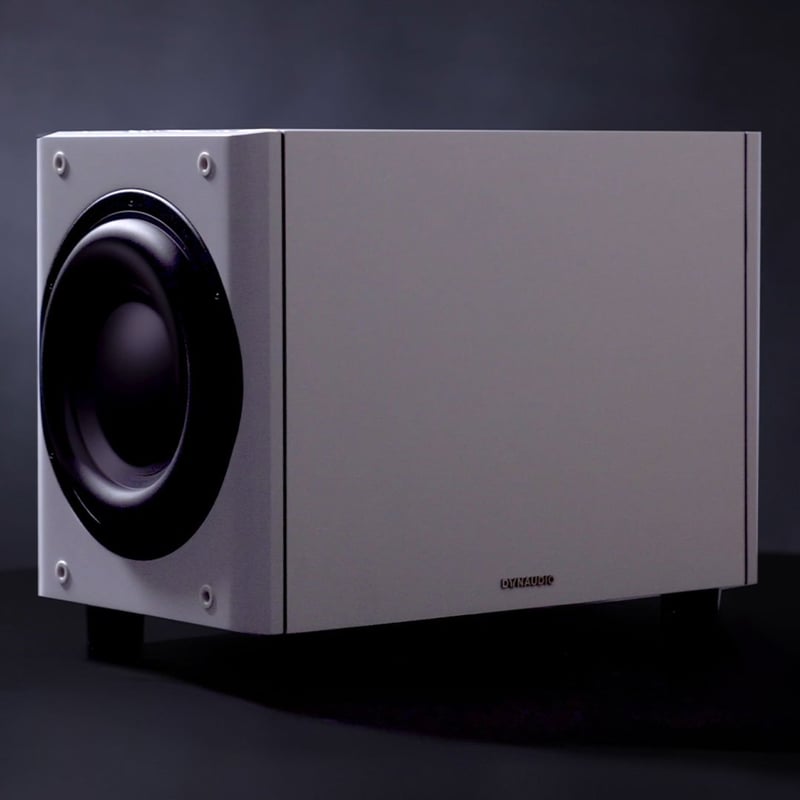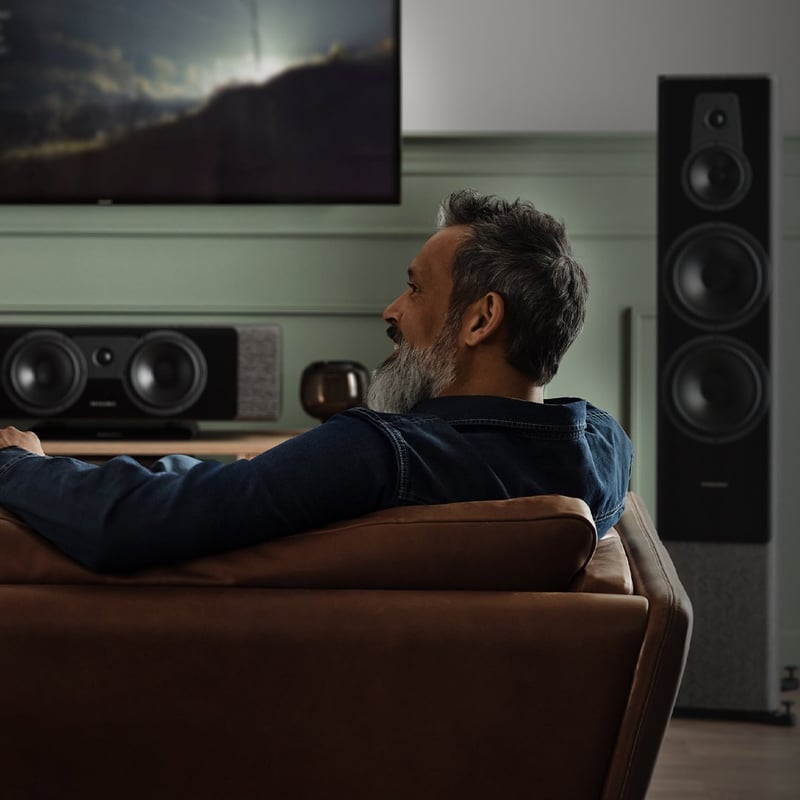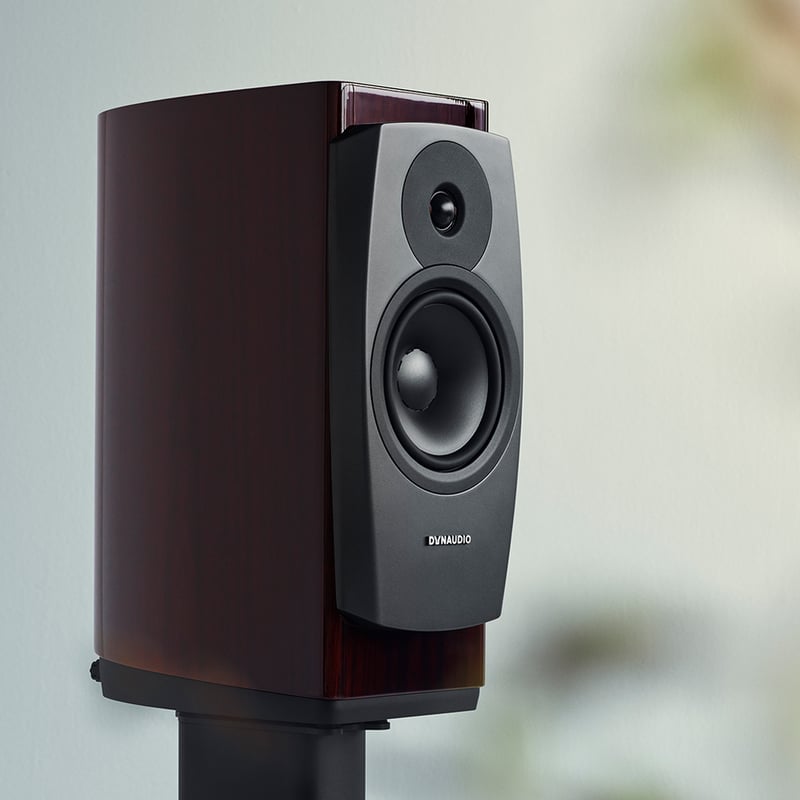Born and still based in LA, Jason LaRocca has always been close to Hollywood. And by the age of 18, he has taken part in the audio side of the magic world of movie making. And he has been busy, working on movies like Paddington, The Accountant, Snowden, Whiskey Tango Foxtrot, and Joy. Jason also work on television productions, including ABC’s Once Upon A Time and the 3rd season of John Ridley’s American Crime.
We were fortunate to catch up with Jason for a chat about life in the film-mixing studio. But before we begin, it should be clarified that even within film mixing, there are sub niches, and Jason’s field is mixing the music for the films he works on. Once that is done, another post production facility with a dedicated ‘dubbing mixer’ will integrate his tracks with dialog and effects tracks for the final master.
The Early Years
Well, first off we wanted to get a little bit of background on Jason’s way into the studio, and unsurprisingly, it all started with a band… “Before I was working on film and TV music, I had a punk band called The Briggs that was on a great Indie label called SideOneDummy,” Jason shares. “And I engineered most of that material. One of the highlights from those days was getting to engineer the horn section from the Mighty Mighty Bosstones at my studio.”
Then we obviously also wanted to learn more about when he got started in music for film and what the main difference in his opinion is between working ‘just’ with music and music for film productions. “I started out as an assistant mixer back in 2000, and the first film score that I did was in 2002 on a film called ‘Moonlight Mile’. As for the difference between mixing a band’s music and a score for film, I’d say that albums, to a large degree, can be much more self-expressive than film music. Film music has to integrate, ultimately, with the vision of a film or TV director and producer. This produces its own challenges but is also what makes it very rewarding when all is said and done.”
I tested a lot of mixes and they all sounded perfect to my ears on the BM15s. No other nearfield gave me that impression. That was when I knew I picked the right monitor.
Jason LaRocca,
Delivering Formats
We wondered what the delivery content would be like, given that a dubbing mixer probably also needs a little wiggle room in order to mix and match all of the elements, including dialog and effects. But would it be necessary to deliver individual instrument tracks, groups or just a downmix? “Well, I usually make fairly wide splits. And if the dubbing mixer plays back all of them at unity gain, the music mix would sound like I intended it to be. Typically, I would deliver the stems in 5.1 or 7.1 surround and I would for example divide the stems like: Low Percussion, High Percussion, Basses, Pads, Synths, Guitars, Orchestral Strings, Orchestral Brass, Piano, Choir, FX and Soloists, etc.”
My next project is always the most challenging, because I am always striving to make the next one my best one!
Jason LaRocca,
BM15 Monitors Everywhere
Jason has relied on his BM15 monitors for the past 6 years, and no matter where he works, his trusty BM15s come along. ”The monitors are often the thing I care most about when mixing. I am lucky to get to work in a lot of legendary studios in LA that all have great monitoring setups, and I am fairly familiar with most of them. But having my BM15s with me no matter where I am working keeps me grounded in knowing that I am always in the right place sonically and that things will translate to all of the various listening formats.
I tried out a bunch of nearfields before choosing these studio monitors. The BM15 just felt right to me. To my ears, they’re just very ‘honest’ – and that is why I liked them. Before buying them, I was testing with a lot of mixes that I had completed and released already and they all sounded perfect to my ears on these speakers. None of the other nearfields gave me that impression. That was when I knew I picked the right speaker.”
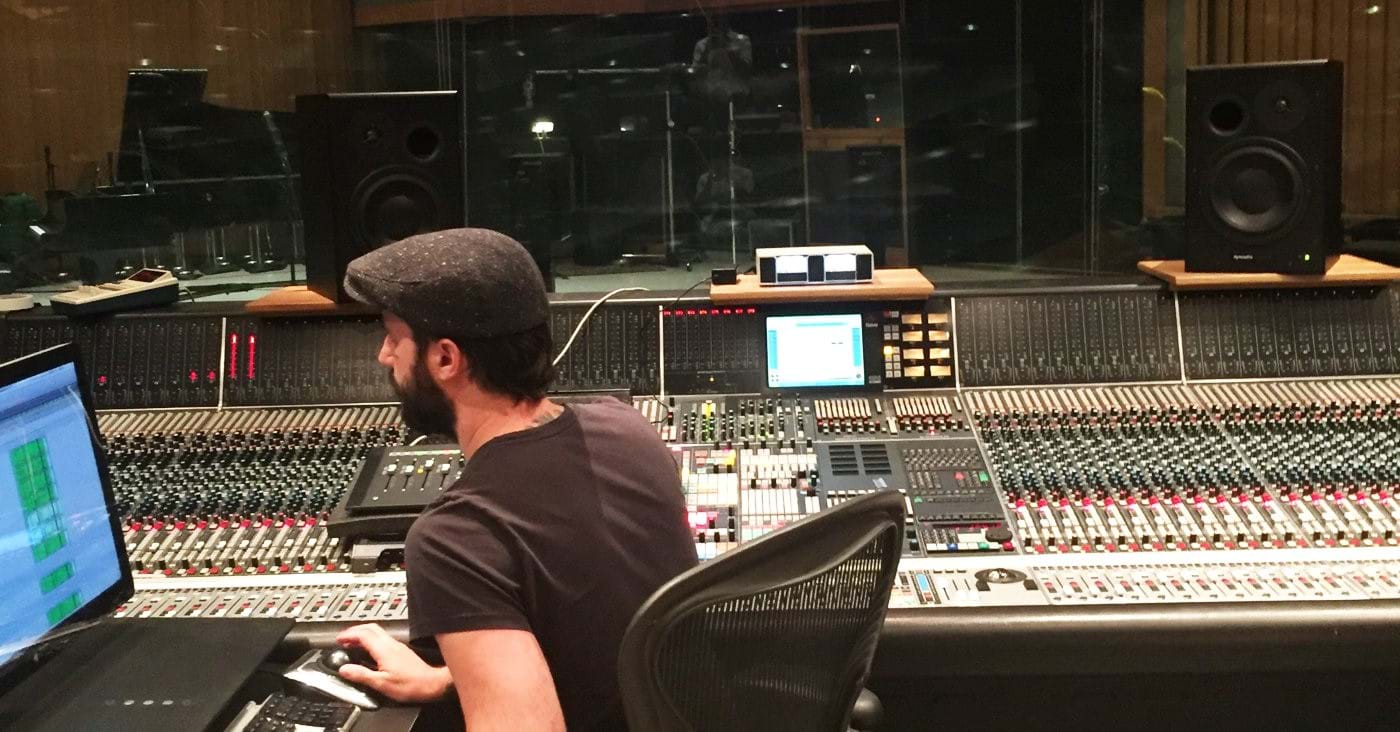
Having my BM15s with me no matter where I am working, I am always in the right place sonically and know that things will translate to all of the various listening formats.
Jason LaRocca,
Calibrated Listening
In pro audio, calibrated listening has long been recognized as a key factor to deliver consistent mix results, but different engineers prefer different target listening levels. We wanted to get a bit of info on Jason’s approach to this. “I usually calibrate to 85db but then turn down my listening level a little from there. That way I can print a tad hotter than usual and that formula tends to make everyone happy. But in general I am hitting around -2 or -3DBFS on my combined full mix.”
Loosely related, we also asked if he would test mixes at various listening levels – for example at very low volumes – as part of his mixing routine. “I always do what I call my ‘lowest common denominator of hope’ check. And that is to play the music back with dialog on and at a quieter volume than normal. That helps me a lot to get perspective on whether or not I am done.”
Favorite Tools
Apart from the monitoring, we were curious to know what other tools Jason would count among his favorite studio gear. “Well, for mixing I love my Manley Vari-MU limiter/compressor on stereo mixes. For sound design and audio mangling, I also love my new Eurorack modular synth gear. There is nothing like this stuff anywhere - in a plug-in or anywhere else - and no one is really using it in an engineering context the way I do. It has become a bit of a signature sound for me.”
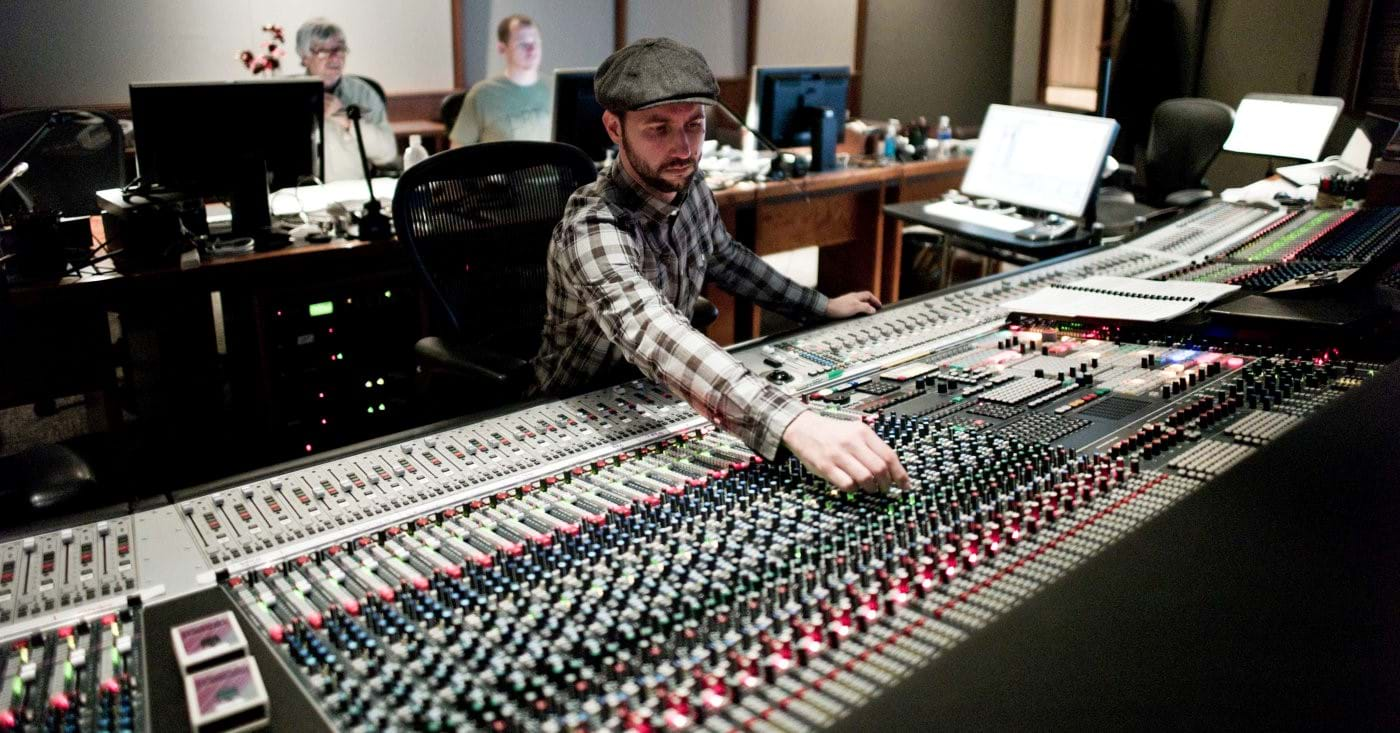
Best Tips
Having the opportunity to chat with a high-profile audio engineer, it was a no brainer to ask for some tips on engineering in this particular field of mixing music for film. “First of all, listen to and understand as many different styles of music as possible and record them. Get your hands dirty with them. The music world is infinite and there are no limits when it comes to what instruments and styles get integrated into the world of film music. And remember that the single most important thing to pay attention to is the dialog and how that is affecting the solo and lead instruments of the music. Making those things marry well is the key in my opinion.”
Finally, we wondered if there was a single project that Jason had worked on that turned out to be particularly challenging, but we were not exactly prepared for this reply: “Each one has it's own unique challenges. Sometimes I feel – when I start a film – that I am doing this job for the first time in a way. It’s an odd feeling. But I really feel like my next one is always the most challenging, because I am always striving to make the next one my best one!”
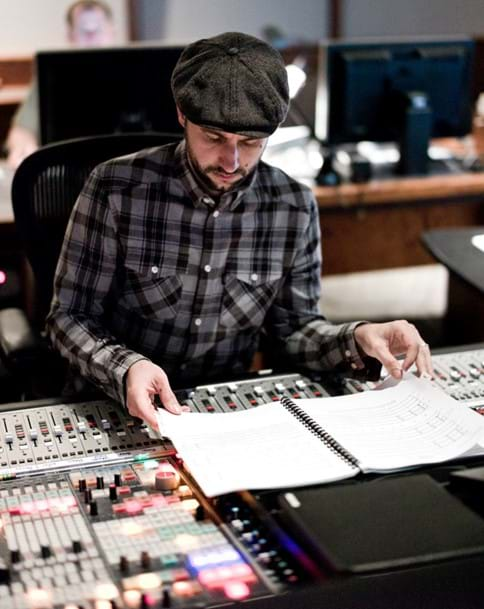
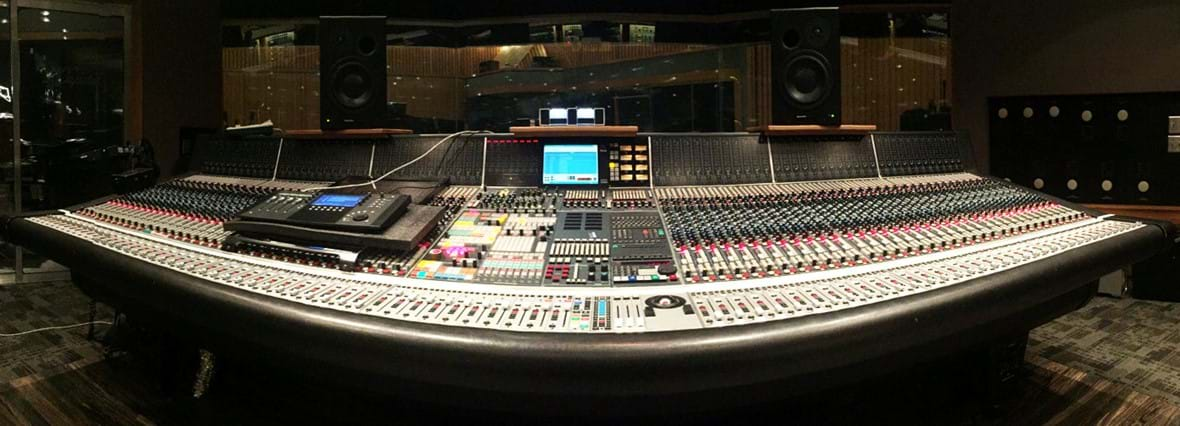
Talk about always looking ahead and try to outperform your past achievements. But in many ways, this philosophy is actually very close to our own. We are proud of past monitor designs, and we appreciate that they are being put to good use each and every day by passionate audio professionals all over the world, but that is absolutely no reason not to keep focusing on research and development in order to come up with new designs that aim at continuously raising the bar of what great monitoring should sound like.
(Photo Credit: Gary Copeland)
Sign up to get more great articles
Nothing compares to the satisfaction of knowing – for a fact – that something is as good as it gets



